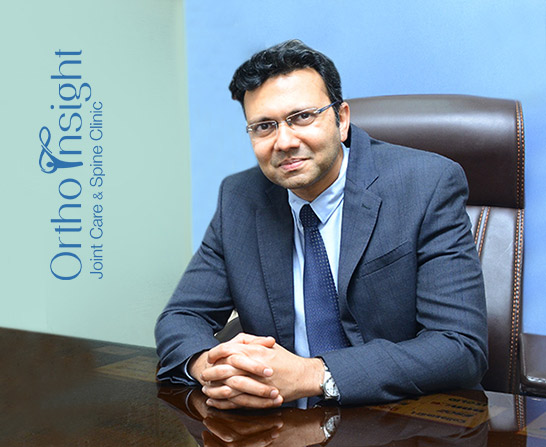Ankylosing spondylitis is a form of arthritis that mainly affects the spine and sacroiliac joints, or the lower back.
An inflammatory disease, symptoms of ankylosing spondylitis (AS) include pain, stiffness, and loss of mobility. The disease involves erosion of bone and increased bone formation in the spine, leading to bone fusion. In advanced cases, this can lead to spinal deformity.
AS most commonly occurs in men in their teens and 20s, but it can affect anyone of any age. It tends to be milder when it does occur in women, making it harder to diagnose.
Drug treatments and physical therapy can help relieve symptoms.
Fast facts on ankylosing spondylitis (AS):
Ankylosing spondylitis is a type of arthritis.
It mostly affects the lower part of the spine, and where it joins to the hips, known as the sacroiliac joints.
Ankylosing spondylitis can be difficult to diagnose but has a particular pattern of pain symptoms, and changes can be seen on X-ray and MRI.
There is no cure, but drugs can help manage the pain and inflammation. Physical therapy can also relieve and prevent some of the effects.
The three main symptoms of AS are:
• pain
• stiffness
• loss of mobility
Pain is the main symptom, especially in the lower back and buttock areas during the early stages.
However, inflammation and pain are not confined to the spine. It is a systemic condition, which means it can affect other parts of the body.
These include:
other joints
the neck
the top of the shin bone in the lower leg
behind the heel of the foot, in the Achilles tendon
under the heel of the foot
AS can cause so-called bony fusion, an overgrowth of bones at the joints. This can make it difficult to carry out everyday tasks. In some cases, it can restrict movement of the chest and make it hard to breathe.
People with AS may also experience fatigue, a feeling of being tired and lacking energy.
AS can also affect the eyes, including the iris and other parts. This inflammation, known as iritis or uveitis, depending on the location, can cause redness and pain. It can impair vision if not treated.
Other systemic signs of the disease may include neurological and cardiovascular changes.

Treatment
There is no cure for AS, and the damage cannot be reversed. However, some options can help relieve symptoms and manage progression.
These include:
physical therapies and exercises
advice
drugs
surgery
The person will need to see a specialist doctor, known as a rheumatologist. They may need a number of visits, as the disease progresses slowly. Medical care enables better monitoring and treatment.
Two approaches commonly used to manage AS are:
drugs to reduce pain and inflammation
physical therapy and exercises to maintain movement and posture
Surgery is used only rarely, in severe cases, to correct severe deformity, such as excessive bending of the spine, or to replace a hip or other joint.
Drug treatment
The main drugs used to ease the pain and inflammation of AS are nonsteroidal anti-inflammatory drugs (NSAIDs). Examples include ibuprofen, naproxen, and diclofenac. Acetaminophen and codeine are also options if NSAIDs are unsuitable or insufficient.
Surgery
The main drugs used to ease the pain and inflammation of AS are nonsteroidal anti-inflammatory drugs (NSAIDs). Examples include ibuprofen, naproxen, and diclofenac. Acetaminophen and codeine are also options if NSAIDs are unsuitable or insufficient.
If the disease has progressed to the point that daily activities are severely impaired, then surgery may be an option, including joint replacement surgery.
In extremely rare cases, a procedure called an osteotomy with fusion may be used to fuse curved vertebrae together and straighten the spine. The goal of surgery is to eliminate compression of the nerve roots, and the second is to stabilize and fuse the spine with grafts, screws, and rods. The most common surgical procedure for ankylosing spondylitis is:
Laminectomy: A laminectomy is performed to relieve pressure on the nerve roots. This surgical procedure involves removing part of the vertebra bone called the lamina in order to access the disk. This minimally invasive technique requires a small incision in the back, where the muscles are pushed aside rather than cut. Removing the lamina takes the pressure off the spine.The surgery lasts approximately 1-2 hours.


